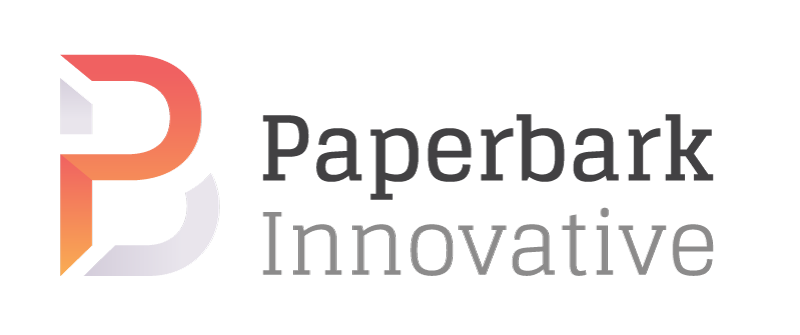12 Apr The truth about microlearning
Microlearning explained in 30 seconds
Microlearning is learning in small bites, or ‘nuggets’ of knowledge. It’s come into its own due to the capability of modern technology, although the concept of learning in small bites has been used in education to improve retention for many years – think of flash-cards or pop quizzes from your school days. And it’s relatively informal, like asking a co-worker how to do a task when you’re about to do it.
Microlearning is a hot elearning topic, with many corporate elearning teams wrangling it into their existing processes. Learners love it – it’s fun and engaging, it’s casual, and it works. Done well, microlearning squeezes more learning into the days of busy executives, improving outcomes by filling knowledge gaps. But it will fail if executed incorrectly.
Benefits of microlearning in eLearning
Think of microlearning like eating a knowledge snack – you don’t get full, you can eat it it on the run, and it fulfils a need at that moment.
Available at the right time and place
The biggest reason to implement microlearning is that learners can learn in the moment of need. Just like ‘googling’ for an answer when you need it, the microlearning moment can be called up at the right time, maximising retention.
Pulling executives out of busy schedules to attend lengthy courses can be wasteful when they only need a portion of the knowledge. But if they can grab small bits of microlearning while on the train, at lunch, or on a break, they can learn without the cost in time.
Easy to digest
Educational science shows people learn best in small chunks, especially when related to the task at hand. Have you looked up a Youtube video to see how to do something, and chosen a short video over a long video? Would you rather read an email with bullet points or a bunch of paragraphs? You can see it’s natural to want knowledge in the fastest possible way – hence the value in microlearning.
Fits with technology
Microlearning can be accessed on mobile phones, tablets, laptops and desktops. Learners can find specific knowledge right there and then. And it can be highly engaging – bright animations, short quizzes, step by step instructions, even social interactions can be employed as microlearning.
When it’s not suitable
Not suitable for complex knowledge
Microlearning is made for small pieces of knowledge, not wisdom that require complex extended thought. Learners need a longer time period to consider diverse facts to form an informed opinion. For example, learning the major factors involved in Australia’s economy would take a lengthy period of consideration, and would fail if delivered in small nuggets of information.
Not suitable if the big picture is needed
Since the nature of microlearning means learning anywhere at any time, trying to create a progression of learning is not recommended. Courses that build upon prior knowledge can become fragmented. Topics that have been broken up into small parts can become confusing. If this occurs, learners will not grasp overarching concepts and will fail to find deep insights.
Microlearning – how to do it right
Target specific performance objectives with self-contained units
Keep each microlearning unit focused on a single key outcome with no distractions. This allows maximum retention of that single piece of knowledge. For example, if you’re objective is to teach how to make an espresso, don’t also teach how to make an instant coffee – split this off into its own microlearning.
Make it part of a larger strategy
It’s easy to think breaking everything into small chunks is the best for all knowledge. But this is not always correct. It depends on the type and content of what you need to teach. Technical procedures such as operating a machine, or changing styles in MS Word are suitable. But how to play a sport is too involved and nuanced to work well. Employ microlearning only when suitable.
Correctly size your microlearning
Make your microlearning moments as short as possible, but keep them long enough to effectively deliver the information. This can be tricky – and is one of the main reasons to engage someone with instructional design experience like Paperbark Innovative to do this for you.
Where to now?
You probably have a good idea of microlearning now, and it’s important to know what techniques will work for your organisation. If you have questions unique to your project, contact Paperbark Innovative for more information. We’ll be able to help you implement microlearning.


